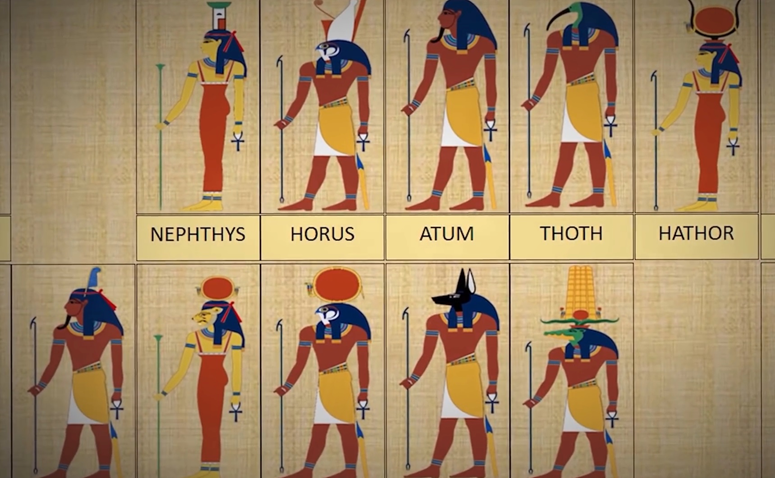Explore the true history of the Pharaohs and the Amazigh civilization of ancient Egypt

The real history of Egypt
The origins of the Pharaohs go back to the Amazighs: the ancient people in whom the Pharaonic civilization of ancient Egypt arose. Most Western historians and orientalists have, for the most part, made a clear distinction between the inhabitants of the Maghreb and their ethnic and cultural identity. This distinction is emphasized by the geographical location of this region, which extends from the Atlantic Ocean to the Red Sea in North Africa. The presence of humans in this region dates back to ancient times, as traces of advanced humans were found in Algeria dating back to one million and 800 thousand years. Recent discoveries have been made in Algeria, especially in the Setif region, and this date has been extended to approximately 2.4 million years. , making it the second oldest archaeological site in Africa after the one in Ethiopia.
The presence of Homo sapiens in North Africa, specifically in Morocco, dates back approximately 300,000 years, making it one of the oldest known locations of Homo sapiens in the world. These findings are supported by various geographical, cultural, linguistic, archaeological and historical indicators, which confirm the early settlement of human groups in North Africa.

While Amazigh identity is well established in North Africa, this was not always the case for Egypt. Historians and scholars of ancient Egypt often seek to separate Egypt from its geographic, historical, and linguistic connections to North Africa. However, numerous Libyan rock art sites, inscriptions, drawings and inscriptions found across the region from the Atlantic Ocean to the Red Sea indicate From the Saharan Atlas to the Sahel, to the presence of Amazigh populations throughout history. These inscriptions provide better evidence than historical texts regarding the extent of Amazigh-speaking lands through the ages, indicating that there were no ethnic and cultural boundaries between the Amazigh population in antiquity.
Furthermore, Amazigh influence can be seen in various aspects, such as the worship of rams with discs or asteroids, which has been an important part of Amazigh culture since the Neolithic period. Amazigh origins can also be traced in place and river names. For example, the name of the Nile River goes back to the Amazigh word “el,” which means water or river. Likewise, the presence of water is indicated in the names of towns and tribes, such as the Nile Valley in Algeria and Ouled Nile in central Algeria.

Information about the Pharaohs
It is important to note that the influence of Amazigh culture and language extends beyond Egypt. Many of the names of pharaohs and places in ancient Egypt can be better explained by referring to the Amazigh language, which is the original language of the people of Egypt and the rest of North Africa. The misinterpretations and imaginary meanings assigned by scholars of ancient Egypt to some names or places demonstrate their lack of knowledge of the Amazigh language.
Kings of the Pharaohs
For example, the name Akhenaten is a Greek corruption of the Amazigh name "Akne", which means "useful" or "benefit". Likewise, the name Jebel Djer, associated with the third pharaoh of the First Dynasty, has its origins in the Amazigh language, where it means "grass" or "fat." These examples highlight the importance of considering Amazigh origins when interpreting the names and meanings of figures and sites in ancient Egypt.

In conclusion, the Amazigh influence and heritage can be traced back to ancient times in both Egypt and the Maghreb. The presence of the Amazigh population, their cultural practices, and their language have left a lasting impact on the history and geography of these regions. A comprehensive recognition and understanding of this rich heritage is crucial to understanding the ancient civilizations that flourished in North Africa.
Source: websites

